Why Is Pluto No Longer A Planet?
One of the most debated question in the astronomical world. Why is Pluto no longer a planet in the solar system? What factors led to its downfall from planet to dwarf planet? All your answers are here.

Pluto was discovered by Clyde W. Tombaugh at the Lowell Observatory in Flagstaff Arizona in 1930. Since then the existence of Pluto being a planet has been doubtful. This puzzle is then solved by specialists in astronomy. They did it by gathering small useful information and facts regarding the Pluto. They found that it is one of the smallest planets in the solar system.
If we compare the size of the planet with other bodies in the solar system, then the statistics show that Pluto is even smaller than the Earth’s moon.

Now the question arises if Pluto's size is not up to the category of the planet then why was it considered as the ninth planet of the solar system earlier?
Description And Other Facts
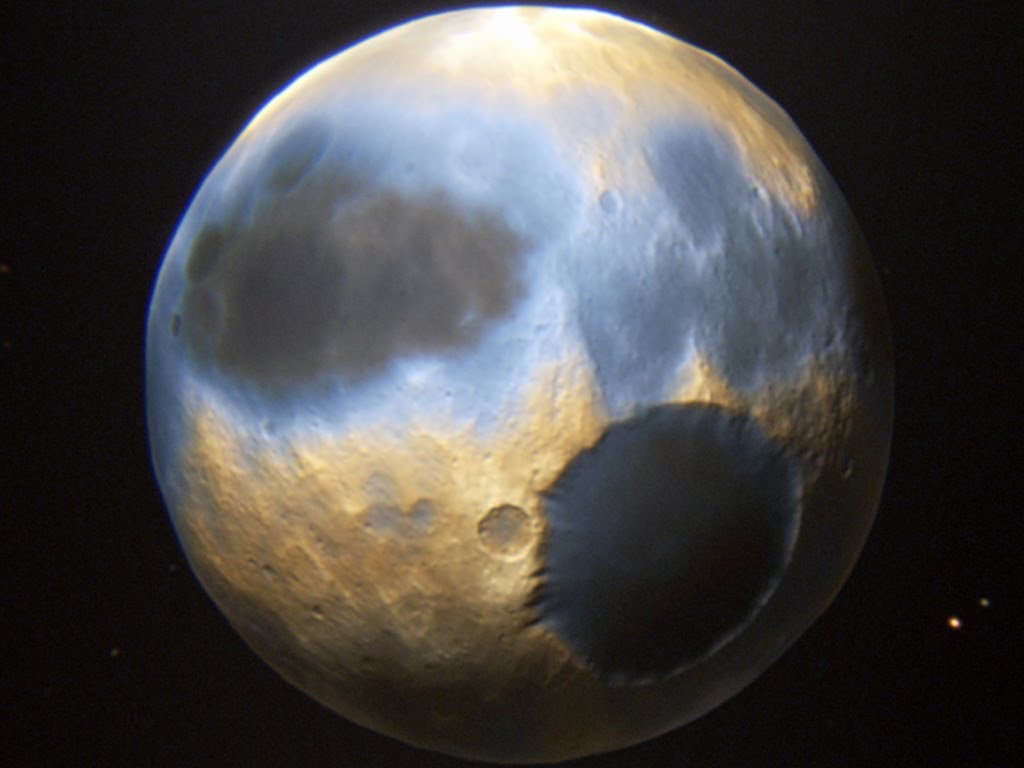
Pluto is dense and rocky like terrestrial planets such as Mercury, Venus, Earth, And Mars. Also, it is nearest to Jupiter, Saturn, Uranus, and Neptune. The latter planets are gaseous and are therefore known as Jovian planets. Thus, many scientists and astronomers believe that Pluto has been formed somewhere else and was caught up by the milky way galaxy.

It takes approximately 248 Earth years to complete one trip around the sun. During its discovery, it was observed that it did not complete its revolution around the sun and still had 150 years left.
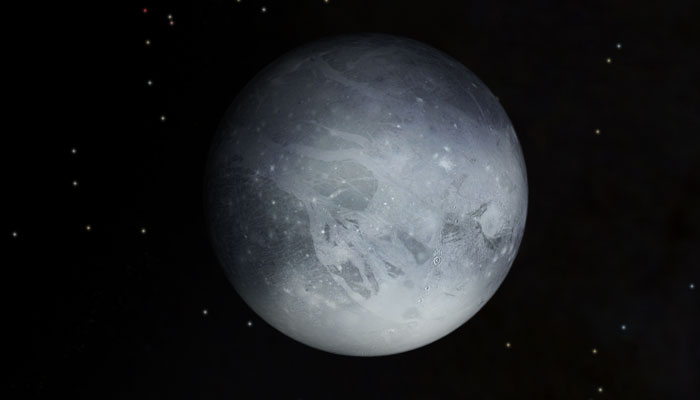
Pluto is the farthest celestial body in the solar system. Thus it takes about five hours for the sun’s rays to reach there. Whereas it takes near about 8 minutes for the sun’s rays to reach the planet Earth.
Neptune’s Moon
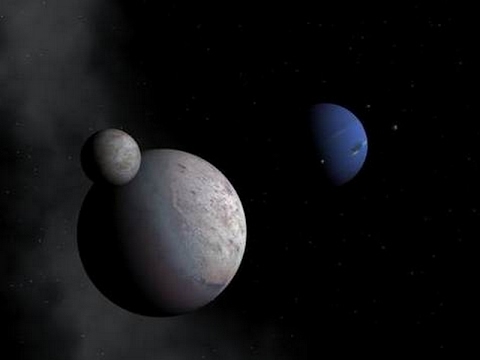
Pluto was even regarded as the Neptune’s Moon by the astronomers since it was nearest to it and smaller than the size of other planets.
Pluto’s Erratic Orbit

The planets present in the solar system orbit around the sun in the relatively flat plane, whereas, Pluto orbits around the sun at an angle of 17 degrees in an elliptical manner. And even it crosses the Neptune’s orbit once while rotation around the sun.
Charon
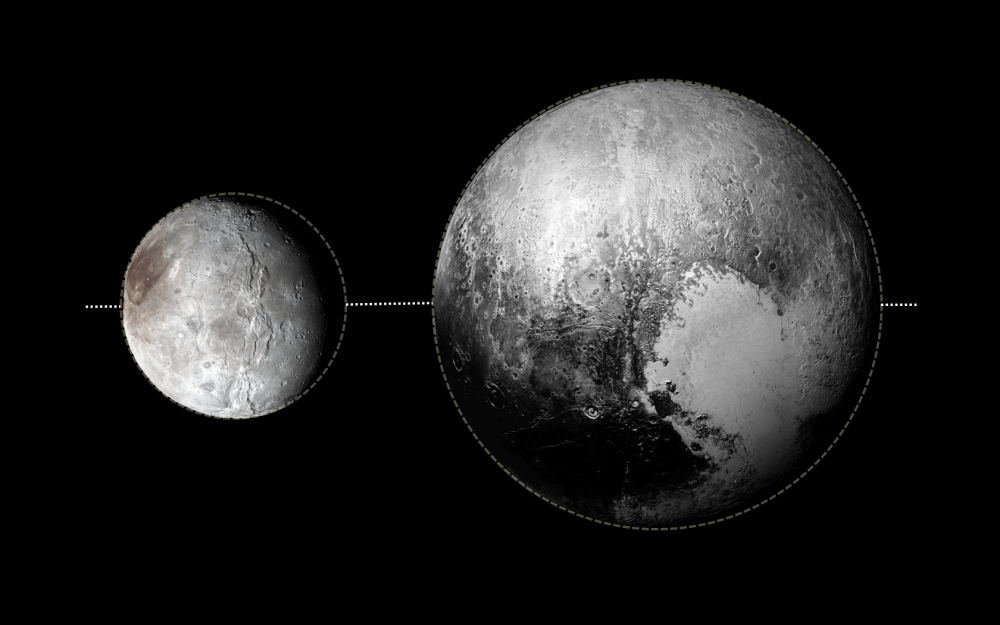
Moon Charon is half the size of the Pluto and thus some of the scientists consider that both of them together constitute the binary system.
New Planet Definition

In 2006, International Astronomical Union gave some facts to be considered on the planet. They said that any celestial body in the solar system should have these three things essential for them to be in the category of the planet.
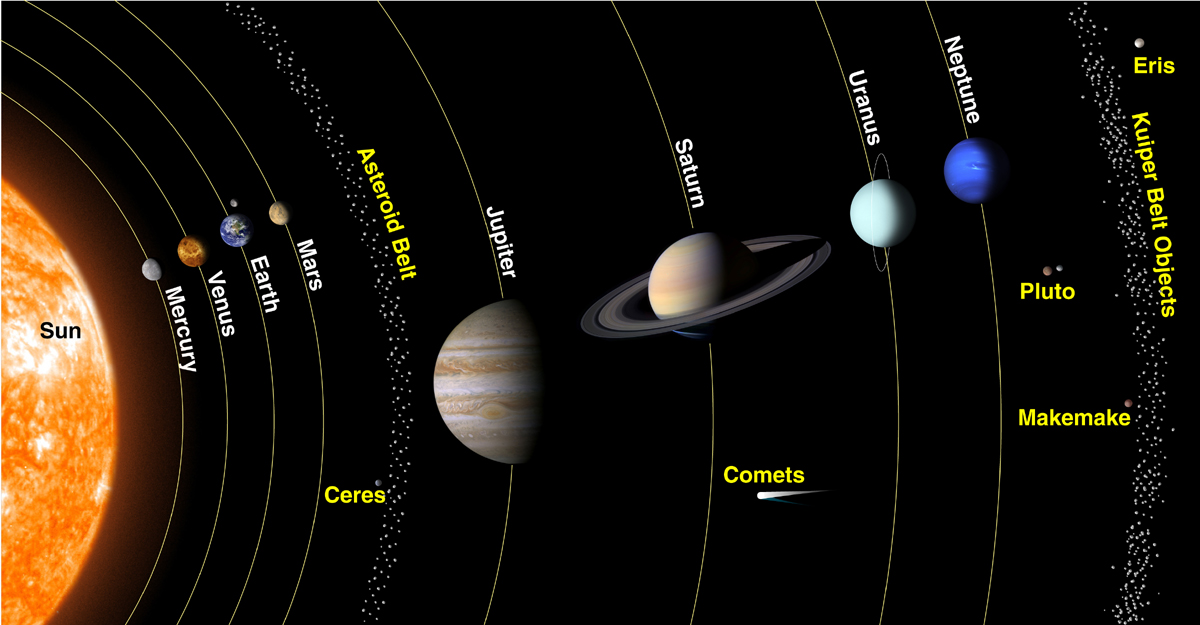
The new criteria for a planet include that it must be round, must orbit around the Sun and should have sufficient mass for its self-gravity to overcome the rigid forces so that it attains the hydrostatic equilibrium shape.also, it must have a cleared neighborhood around its orbit.
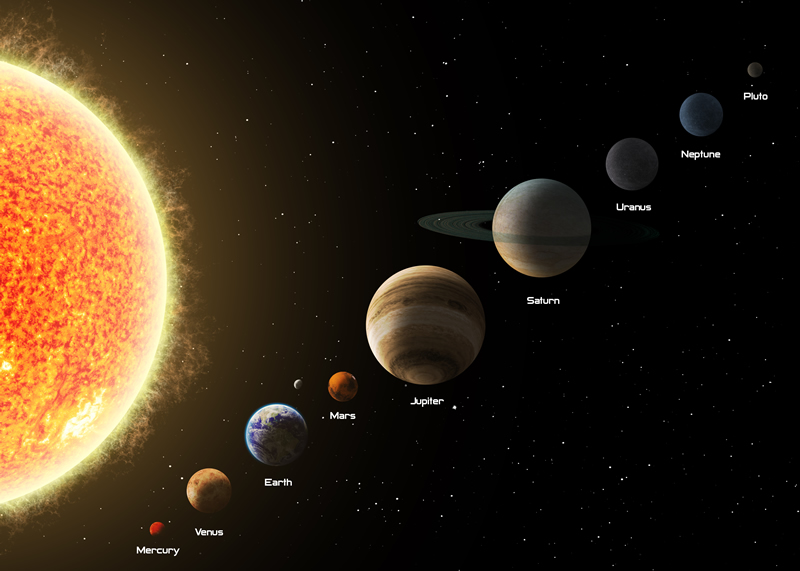
But, these requirements were not met by Pluto and therefore its title of being the planet was taken away from it. Now you must be wondering that what it is?
Dwarf Planet Definition

A celestial body that revolves around the sun and has sufficient mass of self-gravity to overcome the rigid body forces so that it assumes a hydro static equilibrium shape and has not cleared the neighborhood around its orbit and must not be a satellite.

Pluto fulfills all the criteria of being a dwarf planet. Thus it is now considered as one of the ‘Dwarf Planet’ in the solar system.
So now you know why Pluto isn’t considered a planet anymore, right?!
Popular Posts
What Is Trypophobia – A Disgust More Than Fear
"I can't really face small, irregularly or asymmetrically placed holes, they make me like, throw up in my mouth, cry a little bi...
Chandan Roy
16 Interesting Facts About Ambidextrous People
A lefty or left-handed uses his left hand more naturally and dominantly than the right hand. And the righty or right-handed is o...
Ethan Stephans
20 Interesting Facts About Meteoroid, Meteor and Meteorite
Watching celestial objects is a true delight. It is still fun to catch a sight of shooting stars when we grow up. A second of th...
Swati Bhandari








